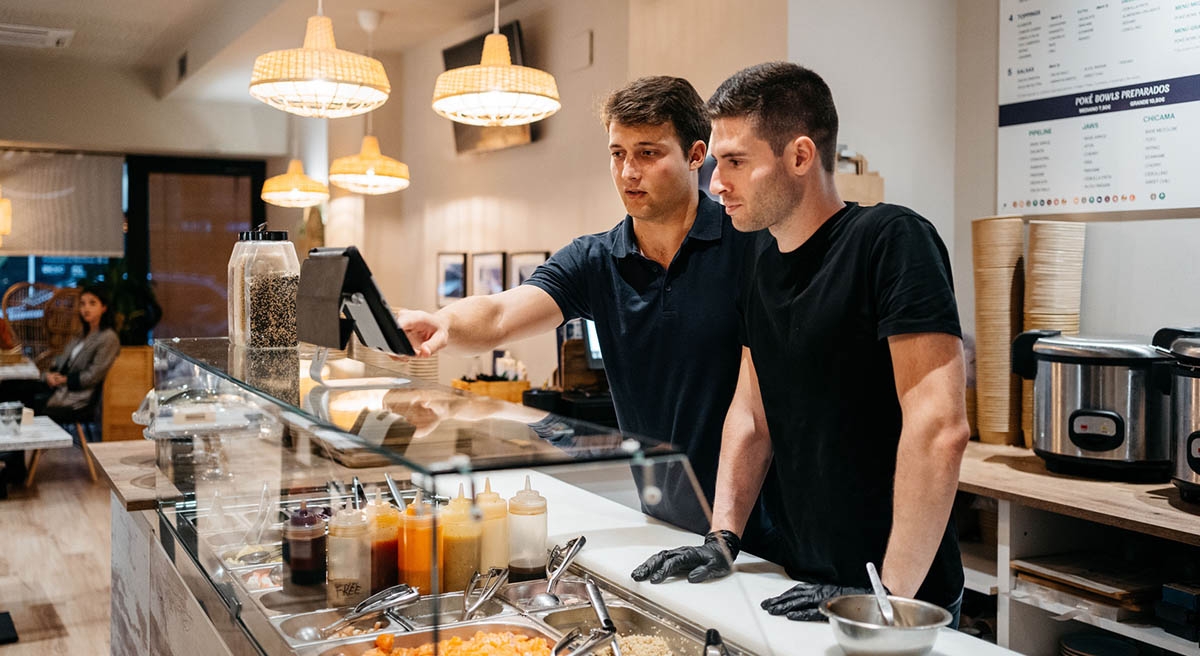
Ways in which the Ottawa restaurant scene has changed since COVID-19 struck and how businesses are starting to battle back
The pandemic affected every area of life and business, and the restaurant trade was one of the industries that were the hardest hit. As in every other state, Ottawa’s eateries suffered badly as a result of Covid-19 and needed to adapt – quickly – to survive.
We take a look at the nature of the havoc wrought by the pandemic on Ottawa’s restaurant scene and the innovative means that the affected businesses have employed to make a comeback.
New Ways To Provide Menus
With, at its height, the pandemic meaning that restaurants weren’t allowed to open to the public in any capacity, business owners needed to figure out how to continue offering their menus in a fundamentally altered way.
Quickly, restaurants adapted, offering fully deliverable menus when they weren’t necessarily available before – and where delivery had previously been an option, menus were drastically expanded to more fully reflect the in-house dining experience. Ranges were expanded, new dishes were added, and tempting add-ons and extras were incorporated to help protect profit margins.
The use of food delivery apps skyrocketed, with restaurant owners realizing that tech was their best friend in terms of fighting back against the effects of Covid-19. These apps allowed diners who were forced to stay at home to be able to visibly and easily order meals from their favorite establishment and were vital to the success of those eateries that survived. The use of food delivery apps is one of how the landscape of the restaurant industry has probably changed forever.
Pizza Vending Machines!
Ottawa’s Senate Taverns are a prime example of how restaurants needed to think outside of the box to survive; the eatery (that has two outlets in the state) came up with the genius idea of providing curb-side pizza vending machines to satisfy the cravings of their diners during the lockdowns. Each of the vending machines could hold up to seventy ready-made pizzas, and buyers need only wait for three minutes for their chosen pizza to slide out of a small opening at the front of the machine. As well as keeping the money coming in, these machines helped secure the continuing employment of staff at Senate Taverns.
It is exactly this sort of innovation and creativity that has kept many restaurants up and running, even when the pandemic was biting deepest.
Developing New Dining Spaces
Even outside of the lockdowns, there was a new requirement for diners to be physically spaced at a minimum set distance apart, forcing owners to alter the layout of their restaurant furniture to ensure this. The new regulations inherently meant that eateries simply couldn’t seat the same number of diners in a day; many establishments were forced to half their capacity, which proved devastating to their bottom line.
Again, the industry responded creatively and in ways that continue to benefit guests (and their business) today. Many establishments looked to develop their outside spaces, either expanding and enhancing existing provisions or creating brand new outside dining areas that offered a contemporary, enjoyable dining experience.
Reflecting Trends
With their livelihood on a knife-edge, those in the restaurant trade needed to quickly figure out how to bring in revenue and grow their audience in the wake of Covid-19. This resulted in a much greater focus on current and rising trends as it became more vital than ever for eateries to reflect the tastes and ethics of their diners and tempt potential new customers.
Subsequently, significantly more restaurants than pre-pandemic offer full Vegan ranges, and there’s a greater emphasis on locally sourced, ethically grown or raised, and seasonal food.
With the public increasingly keen to know the provenance of what’s on their plates, it’s likely that this change, like most of the other shifts in the restaurant trade, is permanent.
Eating Out As An Experience
As a natural result of the pandemic-induced lockdowns, eating out became something that we no longer took for granted; as a direct consequence of this, restaurants that offered their diners a holistic experience were much more likely to not only survive but thrive in this new culinary world.
Eating-as-experience covers everything from high-end, gourmet dining to, for example, eateries that offer interactive elements, such as where guests partially assemble their own food.
The Takeaway (Literally)
There’s no doubt that the pandemic has proved to be almost inconceivably challenging for the restaurant industry, and there is also no doubt that many eateries fell victim to the devastating effects of Covid-19 and shut up shop for good.
However, there has been an unexpected silver lining; for those establishments that managed to make it through, they found themselves in a very changed new world, where diners were keen to both visit in person and were more open than ever before to ordering a range of dishes online.
While Covid-19 put restaurants back, in terms of growth, by many years, there is hope for the future, and, with the food industry already showing massive signs of recovery, that future may not be too far away.
Photo: Courtesy Snappy









